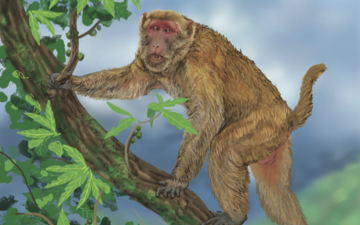Wildlife Conservation Nepal Starter Deck
2021 – (Cards | Download game and rules | Purchase)… This deck, hosted by Wildlife Conservation Nepal, is a STARTER deck that highlights Nepalese biodiversity. This deck is a stand alone game. Learn more about Wildlife Conservation Nepal by visiting www.wcn.org.np.

Bar Headed Goose
Anser indicus


2 POINTS
TERAI, HILL, MOUNTAIN
PLAY: This goose has a FLIGHT of 2
FACT: The bar-headed goose is one of the highest flying birds, seen flying over mountains such as Mount Makalu and potentially Everest.

Asiatic Elephant
Elephas maximus


5 POINTS
TERAI
PLAY: The asiatic elephant has a MOVE of 2
FACT: This elephant is the largest living land animal in Asia.

Giant Honey Bee
Apis dorsata


4 POINTS
TERAI
PLAY: The giant honey bee has a FLIGHT of 2
FACT: This bee makes a unique type of hive where the comb hangs, and the honey tends to collect at the top and to one side.

Spotted Deer
Axis axis


5 POINTS
TERAI
PLAY: This spotted deer has a MOVE of 2.
FACT: The Spotted deer thrives in thick forests as well as scrub jungles and has the ability to camouflage in dry deciduous forests.

Assamese Macaque
Macaca assamensis


4 POINTS
HILL
PLAY: The Assamese macaque has a MOVE of 2
FACT: This species is threatened due to loss of habitat from logging, as well as hunting and trapping for sport, medicine and food.

Red Panda
Ailurus fulgens


3 POINTS
MOUNTAIN
PLAY: The red panda has a MOVE of 2
FACT: Nepalese population estimates only a few hundred animals.